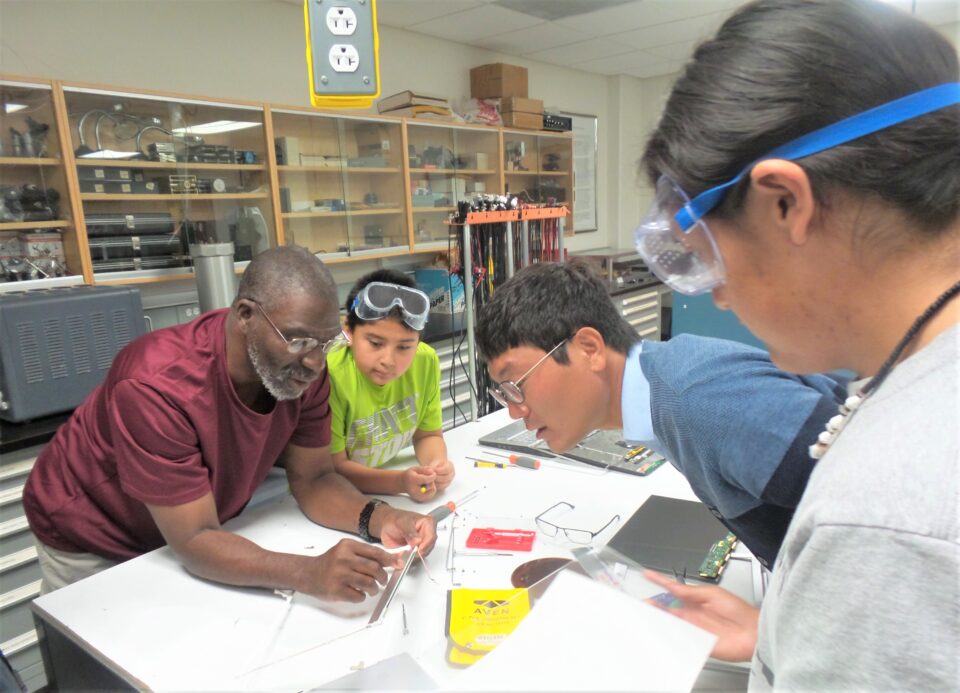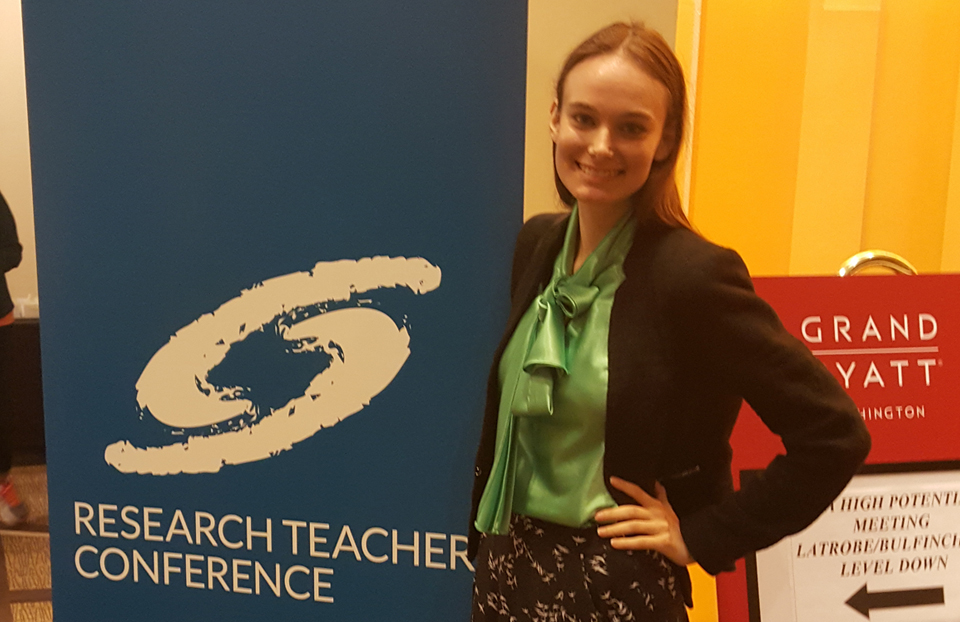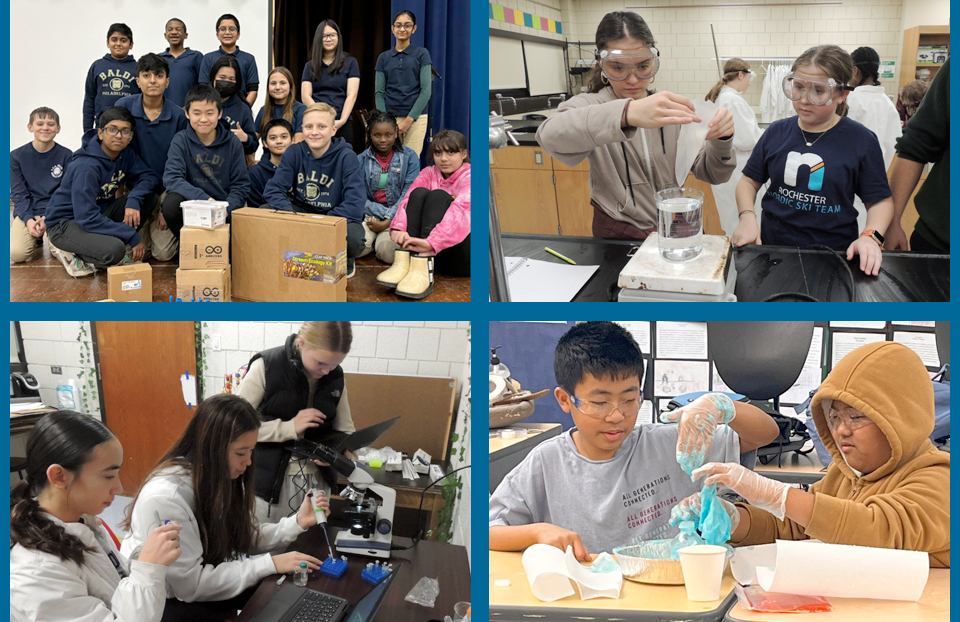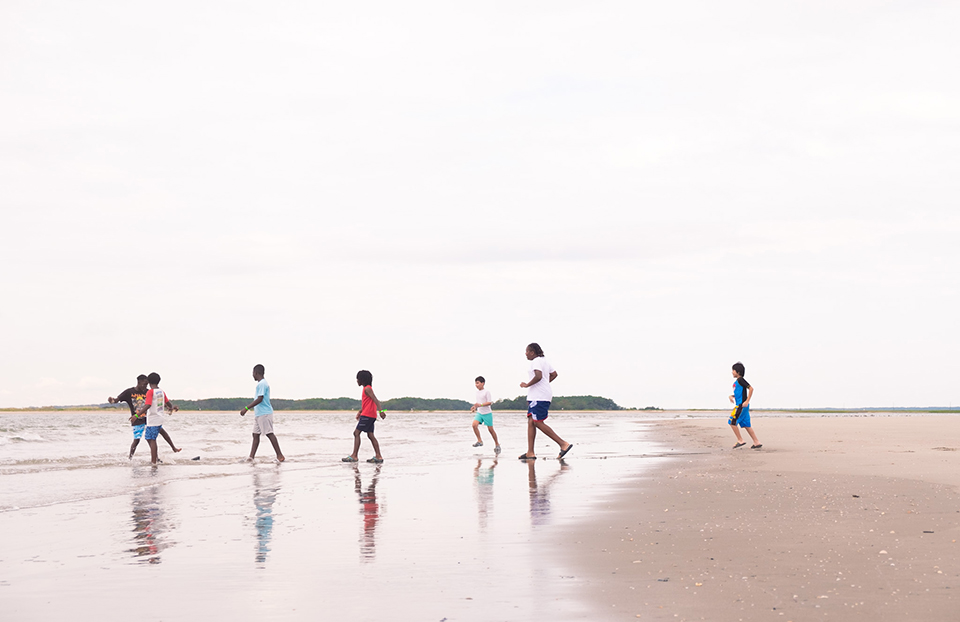Advocate Program, STEM Outreach
Even in a challenging year, New Mexico students find success in STEM

The 2020-2021 school year was a challenging one for teachers around the world, including Mescalero, New Mexico teacher Nate Raynor, but neither he nor his students let COVID-19 hold them back.
Nate, who has been teaching science at the Mescalero Apache School in New Mexico for 11 years, was proud to report that this year a number of student projects researched as part of his class went further than any other projects to date. Three projects competed in the Junior Science and Humanities Symposia, two projects competed in the International Virtual Science Symposium and one project competed in the state science fair. When he first arrived at Mescalero, he was actually the first to start a science fair. He says, “Before then, they hadn’t had a science fair for over five years or more. I started a Society for Science research project about five years ago. It was a success for our school.”
Nate participates in the Society’s Advocate Program, which trains educators, provides stipends and year-round support to mentors championing students who identify as a race or ethnicity underrepresented in STEM and students from low-income households in entering science research competitions. According to Nate, the program has played a significant role in helping him and his fellow educators to learn more about how to successfully transition students from completing a scientific research project in the classroom to entering those projects to science competitions.
Students are interested in all sorts of topics and have questions about science. The students in his class, for instance, investigated air quality and water issues on their reservation. Given the large number of fires that occurred in the Southwest, the reservation experienced poor air quality on occasion. Two of Nate’s students set up a device designed to warn residents about poor air quality so that they could limit their time outside. This was especially important for residents with chronic illnesses, such as asthma. One of the students filmed a documentary about her experience. She shared, “I had fun working on this project and learned a lot about how to do a research project. Once I started the project, I found that it was something that I could do to help my reservation.” A second project that reached success tested the different lakes and streams on their reservation for contamination.
Nate also looked outside his classroom to local universities to inspire and motivate his students. “Currently we have an engineering program that partners our school with the University of New Mexico School of Engineering,” Nate explained. He invited his university partners to speak to his students about their projects. “They were available whenever we needed them,” Nate said. “Our students had a chance to present their projects and receive feedback,” he said. Using Zoom, Nate also gave his students the opportunity to hear from STEM experts from New Mexico State University, Vanderbilt University and Arizona State University, exposing them to paths for higher education as well as science and engineering careers.
This year Nate had nine students he mentored in individual science research projects and hopes to double that in the coming school year. He also plans on continuing to partner with universities, which he believes has made an impact on his students and was a “best practice” for him. The benefits of the Advocate Program have been so impactful for his students and community that Nate intends to start inviting his middle school colleagues to get involved in his science research program.


